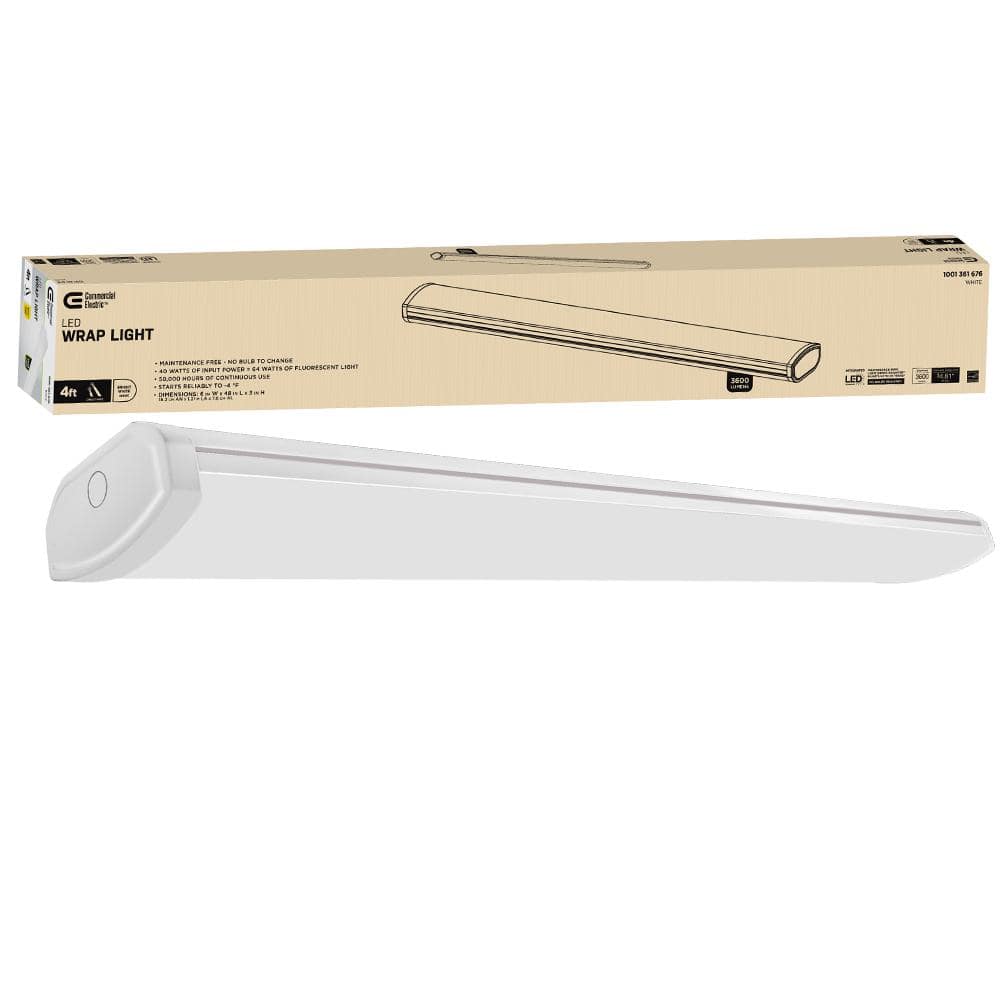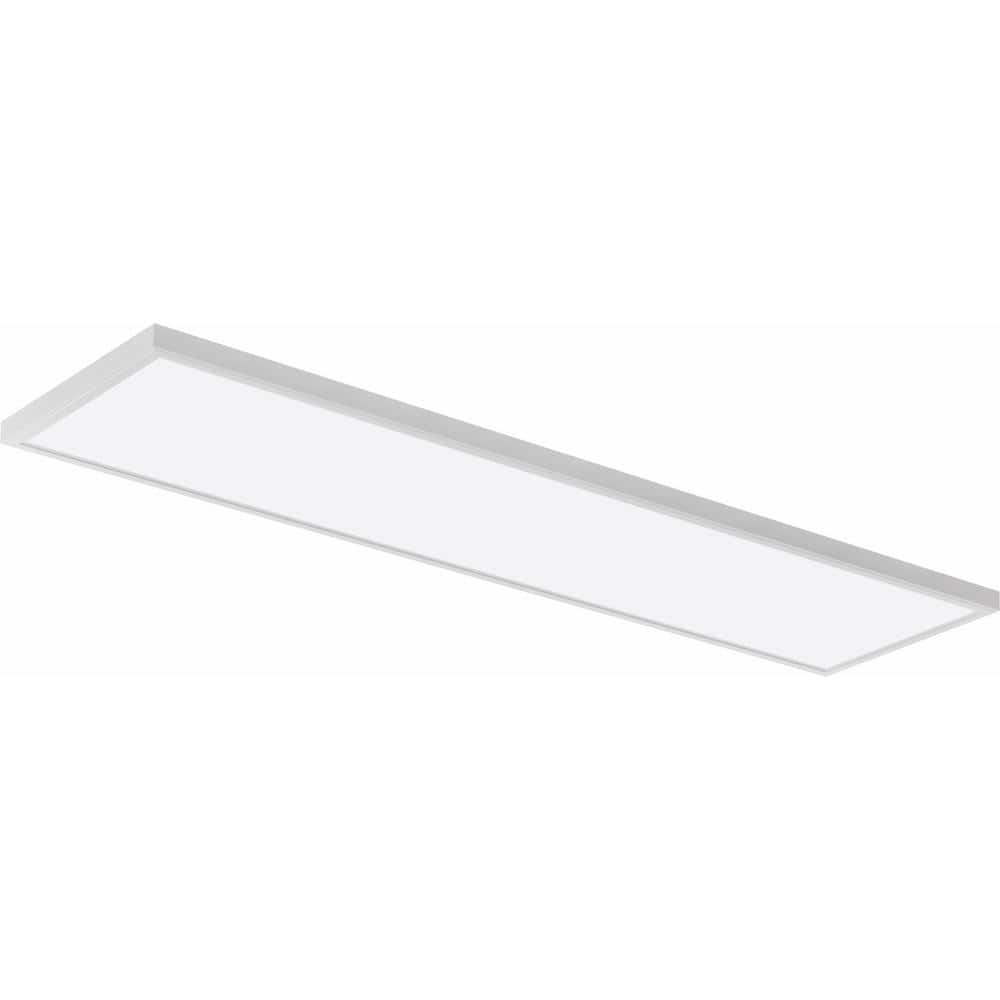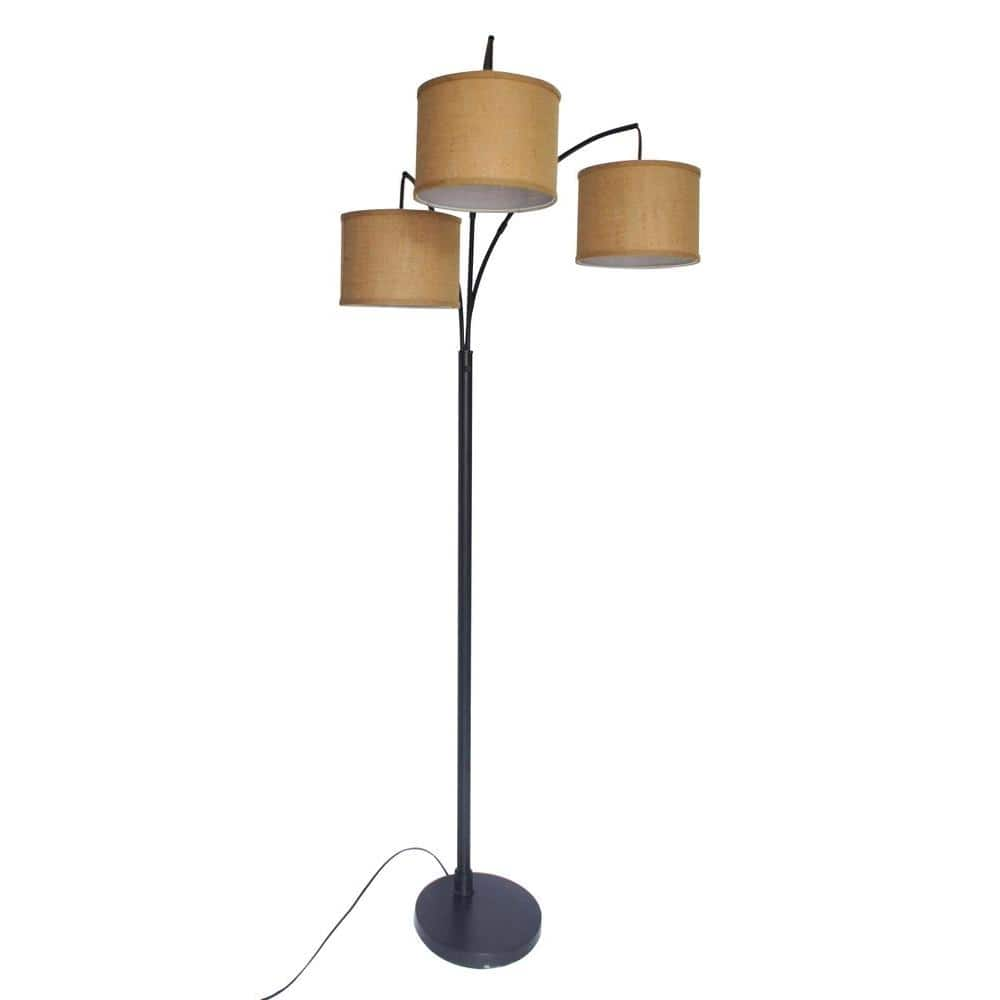Hampton Bay Stratton 10-Light Black Wagon Wheel, Industrial Farmhouse Dining Room Chandelier with Bulbs Included
Industrial farmhouse oversized chandelier in black finish. Easy installation with bulbs up or down. Use with vaulted ceiling or standard dining rooms or entryways.
Upgrade your home’s lighting with this Hampton Bay Stratton 10-Light Black Wagon Wheel Industrial Farmhouse Chandelier. This fixture blends rustic and industrial details for a classic farmhouse look that will complement any dining room. The rustic wagon wheel and black finish elevate any design.
- Modern farmhouse ten-light large chandelier
- Matte black finish
- Exposed bulb profile; bulbs can be installed pointed up or down
- Incandescent bulbs included
- Vaulted ceiling and sloped ceiling compatible
- Hardwired fixture includes mounting hardware, electrical wire and clear step-by-step instructions
- For use in modern farmhouse, rustic and industrial dining rooms or kitchens
Additional information
| Chain Length (in.) | 60 |
|---|---|
| Fixture Depth (in.) | 32.5 |
| Fixture Height (in.) | 29.25 |
| Fixture Weight (lb.) | 12.98 |
| Fixture Width (in.) | 32.5 |
| Maximum Hanging Length (in.) | 60 |
| Mounting Deck Height (in.) | 1 |
| Mounting Deck Width (in.) | 5 |
| Certifications and Listings | ETL Listed |
| Manufacturer Warranty | 1 Year Limited Manufacturer |






by Kelli
I love the look and got a good price. It looks really nice in my kitchen. I think wagon wheel is always that rustic vibe that never goes out. I would say with the hooks and such it was somewhat hard to put together. Otherwise a great buy
by Terri
I like the light fixture it self, but the bulbs I don’t like at all. All of the bulbs are yellow toned. I wish you could send me different bulbs to go in the light fixture. Is there away I can get bulbs for this Chandelier?
by Greg
Looks great.
by Brian
It looks great in my all-white family room.
by Mack
Decent light just have to tape the hooks while u install so don’t come unhooked and fall on you. Once installed looks good.
by Morgan
We purchased this to put over our oval dining table. We loved the option of flipping the lights upside down, that way our light can be facing our table rather than towards the ceiling as we needed more light. My husband installed the light himself however he said it would have been much easier with two people. He had difficulty screwing the light fixtures unto the wheel.